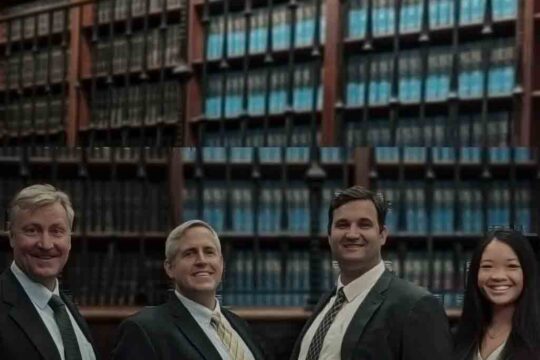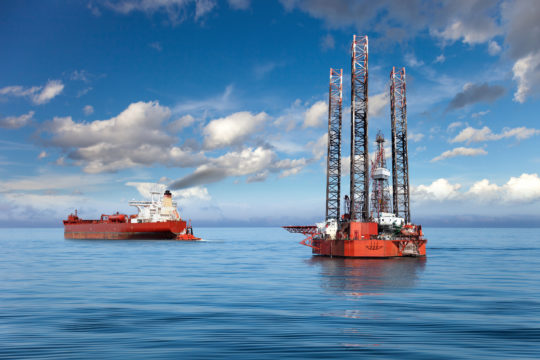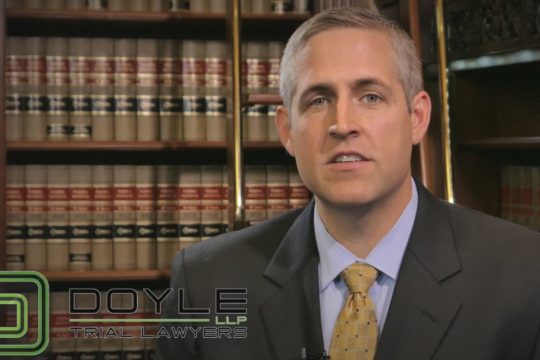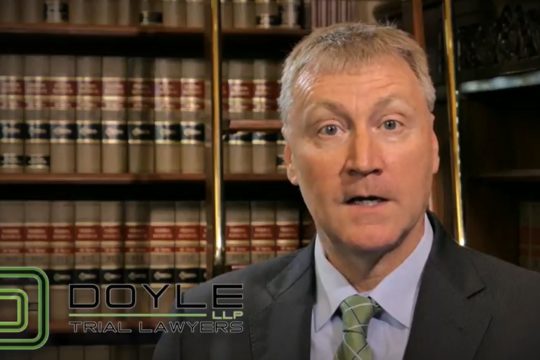Port of Corpus Christi Maritime Trial Lawyers
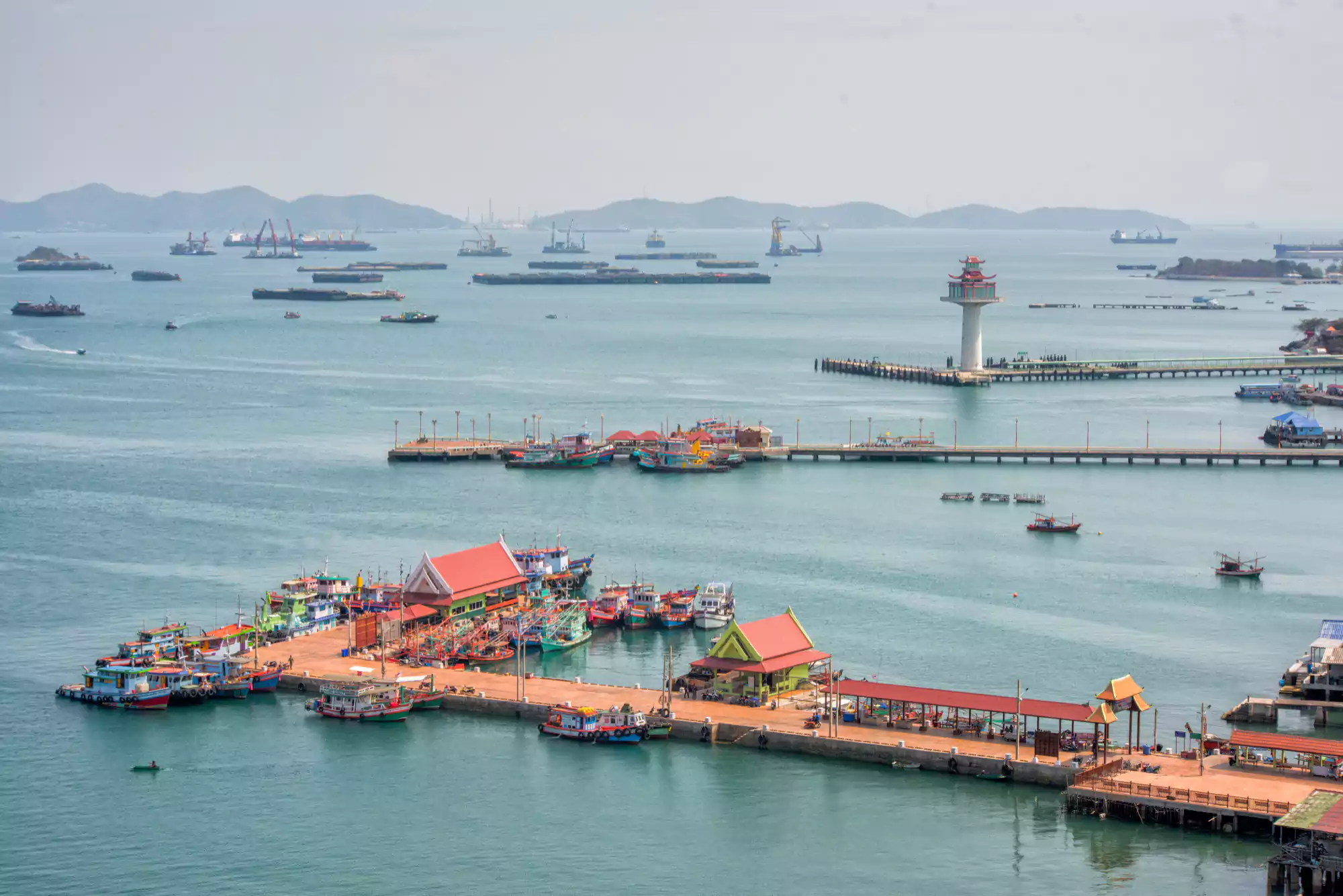
Fighting for Maritime Workers' Rights
The Port of Corpus Christi was established to leverage commerce and drive prosperity for the City of Corpus Christi and the coastal bend. Based on total revenue tonnage, the Port is the largest in the United States and the country’s largest energy export gateway. The Port maintains a 54-foot-deep channel adjacent to connecting Texas highways Interstate 37 and Highway 181, three Class I railroads – BNSF, KCS, and UP. Cargo running through these instrumentalities include dry bulk, break bulk, liquid bulk, wind energy, and project cargo. Facilities that act as a holding unit for these goods include cargo docks, bulk terminals, and liquid docks. Therefore, the Port is a thriving place for maritime workers, longshore workers, Jones Act workers, dock workers, and seamen in general.
When maritime accidents strike at the Port of Corpus Christi, you need trial lawyers who know how to win in court. Doyle Dennis Avery LLP has been fighting for the rights of injured maritime workers for over 25 years, securing hundreds of millions in verdicts and settlements through aggressive trial advocacy.
NO COST TO YOU UNLESS WE WIN
Why Maritime Workers Choose Doyle Dennis Avery LLP
Proven Trial Experience
- Over 25 years of courtroom victories in maritime cases
- More than $500 million won in verdicts and settlements
- Deep understanding of Port of Corpus Christi operations and regulations
- Recognized leaders in maritime litigation
- Track record of winning complex maritime injury cases at trial
Local Presence, Global Impact
Our office in Corpus Christi ensures we’re always ready to take your case to court. We understand the unique challenges and regulations of the Port of Corpus Christi, including:
- Container terminal operations
- Bulk material handling
- Oil and gas shipping
- Commercial fishing operations
- Ship repair and maintenance facilities
Your Rights Matter
As a maritime worker, you have specific legal rights under various maritime laws that we’re prepared to defend in court:
- The Jones Act
- The Longshore and Harbor Workers’ Compensation Act (LHWCA)
- The Death on the High Seas Act (DOHSA)
- General Maritime Law
From these accidents listed, injuries that could occur at the Port vary from the level of pain and body parts affected and can even have severe consequences. Examples of injuries that may occur are but are not limited to back and neck injuries, herniated discs and brain injuries, loss of limbs, lung problems, torn muscles, ligaments, or tendons, broken bones, burns compartment syndrome, crush injuries, deep cuts or lacerations, and drowning or near-drowning incidents. Traumatic brain injuries, smoke inhalation, and even cancers due to chemical exposure are faced at a higher risk for longshoremen and other dock workers.
Although the potential dangers above may scare people from engaging in activities in the Port of Corpus Christi, it remains a thriving center of trade and commerce. Many efforts are made to ensure the safety of workers and the environment around the Port.
Free Case Evaluation
Our trial attorneys offer free, confidential consultations to discuss your case and explain your rights. During your consultation, we will:
- Review the details of your accident
- Explain applicable maritime laws
- Discuss potential compensation
- Answer all your questions
- Outline our trial strategy
No Win No Fee
Top Trial Lawyer
S. Dickess
T. Price
A. Sharp
What to Do After a Maritime Accident
1. Seek Medical Attention
- Report all injuries immediately
- Keep copies of all medical records
- Document all treatment received
2. Report the Accident
- Notify your supervisor
- File an incident report
- Document witness information
- Take photos if possible
- Preserve evidence
3. Protect Your Rights
- Don’t sign any documents
- Don’t give recorded statements
- Don’t accept quick settlements
- Contact us immediately
Port of Corpus Christi Expertise
As one of the largest ports in the United States, the Port of Corpus Christi presents unique challenges that require specialized trial knowledge. Our firm has extensive experience litigating cases involving:
Terminal Operations
- Bulk cargo handling
- Container operations
- Break-bulk cargo
- Roll-on/roll-off facilities
- Liquid bulk terminals
Support Services
- Tug and towboat operations
- Pilotage services
- Ship repair facilities
- Bunkering operations
- Port security services
Types of Maritime Cases We Take to Trial
Vessel Accidents
- Collisions between vessels
- Groundings and allisions
- Equipment failures
- Fires and explosions
- Capsizing incidents
Dock and Terminal Accidents
- Crane accidents
- Container handling incidents
- Loading/unloading accidents
- Slip and falls
- Equipment malfunctions
Offshore Accidents
- Platform accidents
- Transfer vessel incidents
- Helicopter accidents
- Diving accidents
- Weather-related incidents
Chemical and Toxic Exposure
- Oil spills
- Chemical burns
- Toxic fume exposure
- Asbestos exposure
- Other hazardous materials
Free Consultation · Contingency Fee Basis · Nationwide Representation
Victories
NO COST TO YOU UNLESS WE WIN
$7.86 Million – Gillies V. Valaris PLC
Claims: Jones Act/Maritime Law
Jury Verdict: $7.86 million – Gillies v. Valaris PLC
On January 12, 2022, Doyle Dennis Avery LLP secured a $7.86 million verdict on behalf of Gordon Gillies, a drill ship operations adviser, who was injured while working on a vessel in the Gulf of Mexico.
Mr. Gillies brought claims for negligence against Valaris PLC (formerly Ensco/Rowan Drilling) and for unseaworthiness of its vessel, the drillship DS-15. At trial, the jury determined that Valaris failed to maintain a stair case from the derrick elevator down to the “deadman” deck of the vessel. Specifically, the second step on the stair case lacked a protective bullnose – an important safety guard at the end of each step. As a result of this defect, Mr. Gillies fell and suffered injuries to his tail bone, back, and spine.
After hearing four days of testimony and argument in the 270th District Court of Harris County, the jury attributed 90% of the negligence that caused the client’s injuries to Valaris and only 10% to the client. Even more telling, the jury attributed 99% of the unseaworthiness of the ship to Valaris and only 1% to the client.
Ultimately, the jury agreed with Doyle Dennis Avery LLP and found that Valaris was negligent in creating the dangerous conditions on the ship. The jury awarded $1,821,000 in past damages (including pain, mental anguish, loss of earning capacity, disfigurement, impairment, and medical care) and $6,040,000 in future damages (including pain, mental anguish, loss of earning capacity, impairment, and medical care).
$350,000 – Deaver V. Noble Drilling (US) LLC
Claims: Jones Act/Maintenance and Cure/Unseaworthiness
Jury Verdict: $350,000.00 ($340,500.00 after contributory negligence offset; judgment not yet entered).
On June 15, 2018, a Harris County District Court Jury (Houston, Texas) found that Noble Drilling (US) LLC provided an unseaworthy vessel that caused injuries to Nathan Deaver. The jury also found that Noble unreasonably and callously failed to provide Mr. Deaver with maintenance and cure benefits. Michael Patrick Doyle, Patrick Dennis, and Jeffrey Avery of Doyle Dennis Avery LLP represented Mr. Deaver as trial counsel.
The plaintiff is a Texas resident who worked as a floor hand on the drillship the M/V Noble Tom Madden – a vessel owned and operated by the Houston-based Noble Drilling. In more detail, Mr. Deaver claimed that Noble failed to provide a vessel with a properly manned and experienced crew, and that Noble also failed to provide proper safety instructions related to his work in the shaker room aboard the vessel. Despite repeated requests to Noble by Mr. Deaver, Noble failed to provide Mr. Deaver with the necessary staffing and caused Mr. Deaver to suffer injury to his ankle, heel, and foot.
Based on this conduct, the jury found that M/V Tom Madden was unseaworthy and that Noble was responsible for Mr. Deaver’s injuries.

